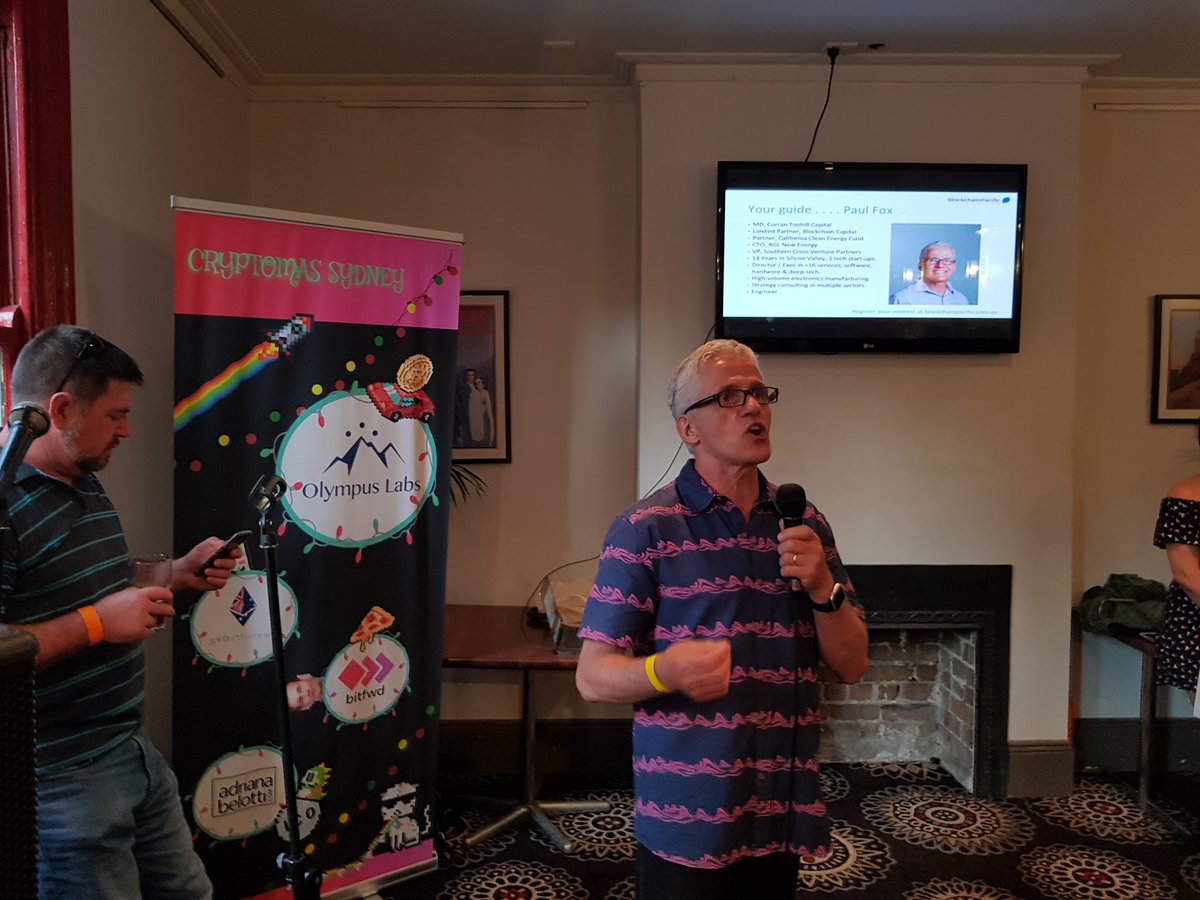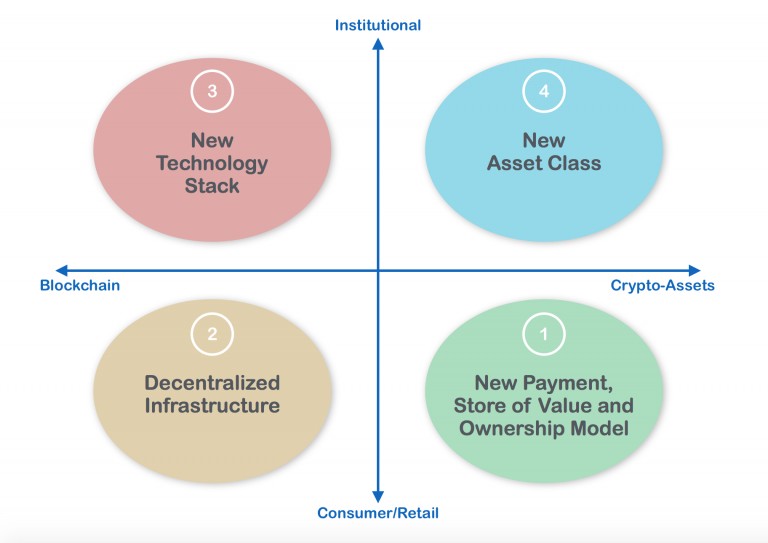Early in 2012 the CalCEF Angel Fund invested in the initial VC round in Boulder Ionics Corporation. Today we are proud to announce that we have helped Boulder Ionics bring their game changing energy storage technology to Australia, and bring Australia’s leading ionic liquid research to the world.
This caps off a recent string of good news from the company including a licensing agreement with HydroQuebec and the appointment of ex Novolytes CEO Ed Frindt as an independent board member.
Just today the company announced a partnership with the CSIRO and funding from the Australian Renewable Energy Agency through the Southern Cross Renewable Energy Fund. The fund is managed by SXVP and backed by ARENA and SB China Venture Capital. This deal gives the company a great base for Australia and China.
So why all the fuss about ionic liquids and what have they got to do with clean energy?
Batteries are already an essential part of our lives. Just count the number of batteries in your home, workplace or pocket. In the future batteries will become even more essential as part of the clean energy economy.
- Large format batteries will store energy from intermittent renewables, perhaps even allow you to disconnect from the grid.
- Should you choose to stay on the grid, batteries will help stabilise power quality and defer costly upgrades to meet peak loads.
- Finally, cheap large battery packs will allow you to finally park that exhaust spewing, gas-guzzling dinosaur and zip away in a high performance electric sports car (or SUV).
The problem is that batteries are still very expensive, representing perhaps 40% of the the cost of a Nissan Leaf or Tesla. A decent battery for your home PV system will cost you tens of thousands.
Scientists, engineers and entrepreneurs are busy tweaking the lithium ion battery and developing all kinds new batteries like lithium sulphur, molten sodium and metal air batteries. Woo hoo, we can't wait . . . . but there is a weak link . . . . electrolytes.
Electrolytes are the juice in batteries and capacitors. Ions move through the electrolyte to transport electricity from one electrode to the other. Just like the electrolytes in your body, they don’t provide you with fuel (unless you count the masses of sugar in your Gatorade), but you need them to go fast and far.
All these amazing technologies use the same old organic (carbonate) electrolytes. It's like lifting the bonnet (hood) of your new Ferrari and finding a clapped out old Beetle engine inside.
And that is a problem because these organic electrolytes are sensitive to high voltages and extremes of temperature. They can decompose, boil, evaporate or even catch fire.
Now a fire is merely inconvenient in your Tesla, since you probably already hit a tree or large metal object, and the chances are much higher that your gas-guzzler catches fire anyway. The real problem is that engineers have to tweak and hack around the limitations of the electrolytes. For example they can oversize the battery pack, limit the charge and discharge, or simply use a lower performing, but safer chemistry. All of which adds cost and limits performance.
What we really need is a new kind of electrolyte, one that is non-volatile, non-flammable, and stable to high temperatures and voltages. Plus it would be great if we could boost the voltage of the battery, because that would give us more performance for the same volume, weight and overall cost. Oh, and one more thing . . . it needs to be cheap, very very cheap.
Scientists have been playing with ionic liquids for a long time. Ionic liquids check all the above boxes for safety and performance, but to buy them at the required high purity meant paying $1,500-2,000 per kilogram. Even then you could only buy them by the thimble full. Ionic liquids were neither cost effective nor scalable.
That is where Boulder Ionics changes the game. They have developed a number of novel ionic liquid electrolytes for batteries and super capacitors giving around 2X performance in early tests. Perhaps more importantly, they have developed a method to make the ionic liquids cheap, eventually less than a tenth of the current cost.
So is this another capital intensive cleantech deal? Will they be asking for a $500 million loan guarantee to build a massive manufacturing plant? No, because Boulder Ionics uses microfluidic reactors. The complete production unit is the size of a telephone box. Each reactor is inexpensive relative to its annual production. Scaling production for a new order is simply a matter of building another telephone box and plumbing it into the raw materials feed. This is advanced manufacturing of the kind we should be doing in Australia and the US.
Boulder Ionics are already delivering kilogram quantities to customers around the world. Initially you will see ionic liquids deployed in tiny batteries and capacitors in specialist applications. But in a few years you could be driving them away or charging them in your basement.
There are lots of other exciting things you can do with ionic liquids, like refine metals, dissolve pollution, process biofuels or even build a transistor that mimics learning in a human synapse.
Australia is already a world leader in ionic liquids research. This deal creates an opportunity to cement that position and become a centre of excellence for commercial applications.
 Friday, January 26, 2018 at 07:25
Friday, January 26, 2018 at 07:25 
 Paul | Comments Off |
Paul | Comments Off | 
